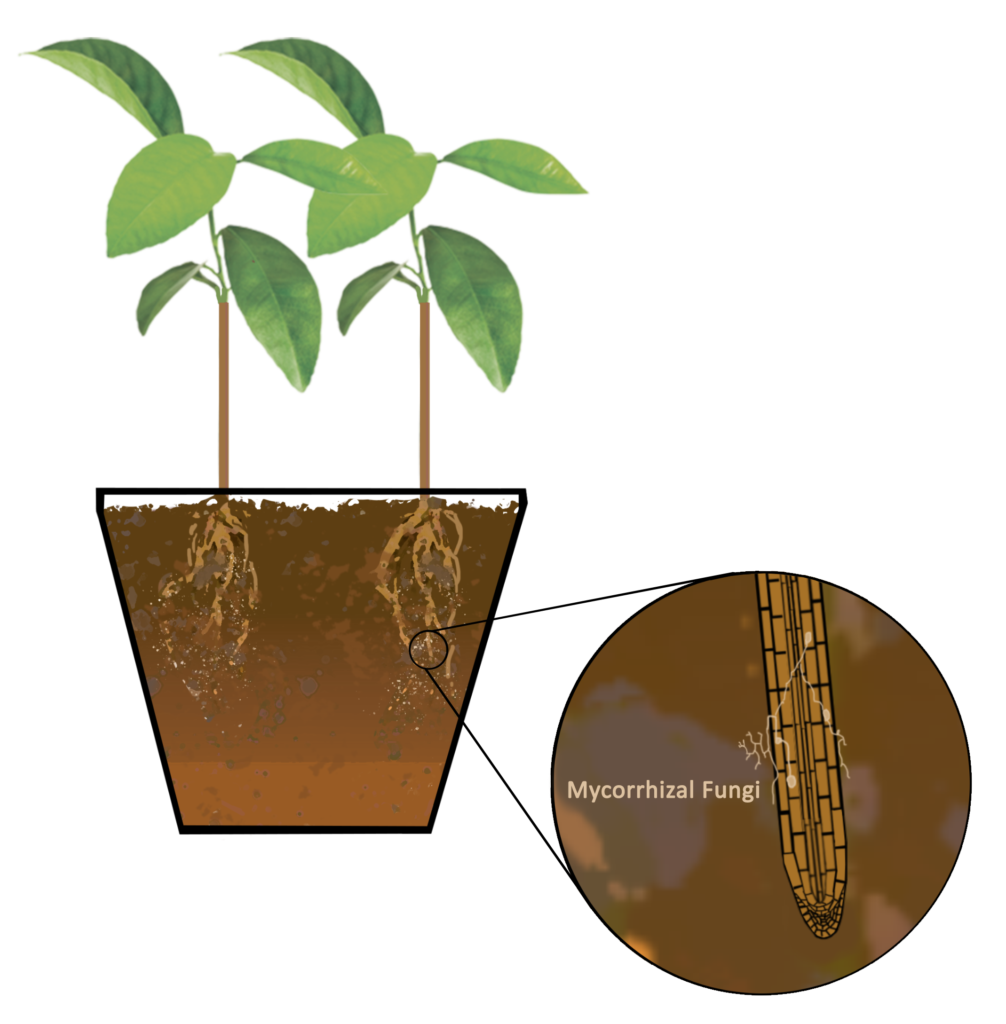What’s the (Soil Organic) Matter?
Definition. Soil organic matter: any material produced originally by living organisms (plant or animal) that is returned to the soil and goes through the decomposition process.
–FAO
As I discussed previously, soil plays a key role in nutrient cycling that we depend on for life. Carbon (C) and other nutrients are stored in multiple fractions or pools of soil organic matter (SOM) that play distinct roles in soil processes, including decomposition and nutrient stabilization. Physical separation into different sized particles, particulate organic matter (POM) and mineral-associated organic matter (MAOM), has been particularly useful, as these have been demonstrated to be fundamentally different in terms of their formation, persistence in the soil, and function in soil processes (Cotrufo et al. 2019, Lavallee et al. 2020, figure below).

If you compost or grow food, you might be familiar with what organic matter looks like in soil. All of what you can see in that dark soil is generally POM, and it tends to be readily available for microbial use, and therefore quicker plant use as well. MAOM is what you can’t see, the tiny chemical bits that stick to mineral particles in the soil, rendering them “stable” so that they stay in soil for a very long time. This article does a nice job of comparing the two fractions.
Because of these differences, POM and MAOM make up a useful working hypothesis for understanding how we can increase C storage and agricultural production. They are the basis for a lot of research in the Cotrufo Lab, which I have the privilege of working in.
To the Roots of SOM
Plants contribute to SOM through dead leaves, roots, and root exudates. Roots have various traits that are connected with their contribution to SOM. Architectural traits such as root branching, root length, and root depth are positively correlated with the formation of both POM and MAOM (Bardgett et al. 2014, Poirier et al. 2018). The chemical makeup of roots also matters; certain compounds (soluble compounds, suberin, and phenolic compounds, particularly), along with the concentration of nitrogen, are associated with increased MAOM formation (Poirier et al. 2018).
Definition. Root exudates: soluble, low molecular weight organic carbon compounds released by plant roots into soil, stimulating microbial growth.
-Adapted from Freschet et al. 2020
The Fungi
There’s a pretty special symbiotic relationship between plants and fungi. Beneath the earth’s surface, over 80% of land plants are in an embrace with fungi called mycorrhizae, which literally means “fungus root” (myco = fungus, rhizo/a = root) (Smith and Read, 2008). The majority of mycorrhizae can be categorized as arbuscular mycorrhizal fungi (AMF) or ectomycorrhizal fungi (EMF).
Definition. Symbiosis/symbiotic relationship: the partnership (usually long-term) that is established between two or more organisms.
–Nature Research
AMF are obligate symbionts, meaning that they can’t survive on their own, without a plant partner. They are thought to be the first to associate with plants; they live primarily within root cells of their host, and they associate with a wide variety of plants. EMF form a sheath around fine roots and extend hyphae into the soil. They tend to associate with only some plants, including pines and alders.
Multiple differences have been found between ecosystems dominated by AMF associating plant species and those dominated by EMF associating plant species: namely, AMF systems tend to store more C in MAOM, while EMF systems store more C into POM (Craig et al. 2018, Poirier et al. 2018). It is currently unclear whether these differences are driven more by fungal or plant traits, but evidence suggests that mycorrhizae may be important for regulating SOM formation both through modification of root traits and through their own necromass (Clemmensen et al. 2013, Liang et al. 2019, McCormack et al. 2014).
Investigation
An experiment I am currently working on with Dr. Avera and Dr. Cotrufo as an NSF REU student seeks to improve understanding of the role that mycorrhizae play in mediating the formation of SOM through modification of root traits and fungal necromass.

I expect that this work will advance our knowledge about how physical and chemical characteristics of roots and their mycorrhizal symbionts contribute to the stabilization of SOM. Please feel free to ask me about this work, and keep an eye out for results in 2022!
